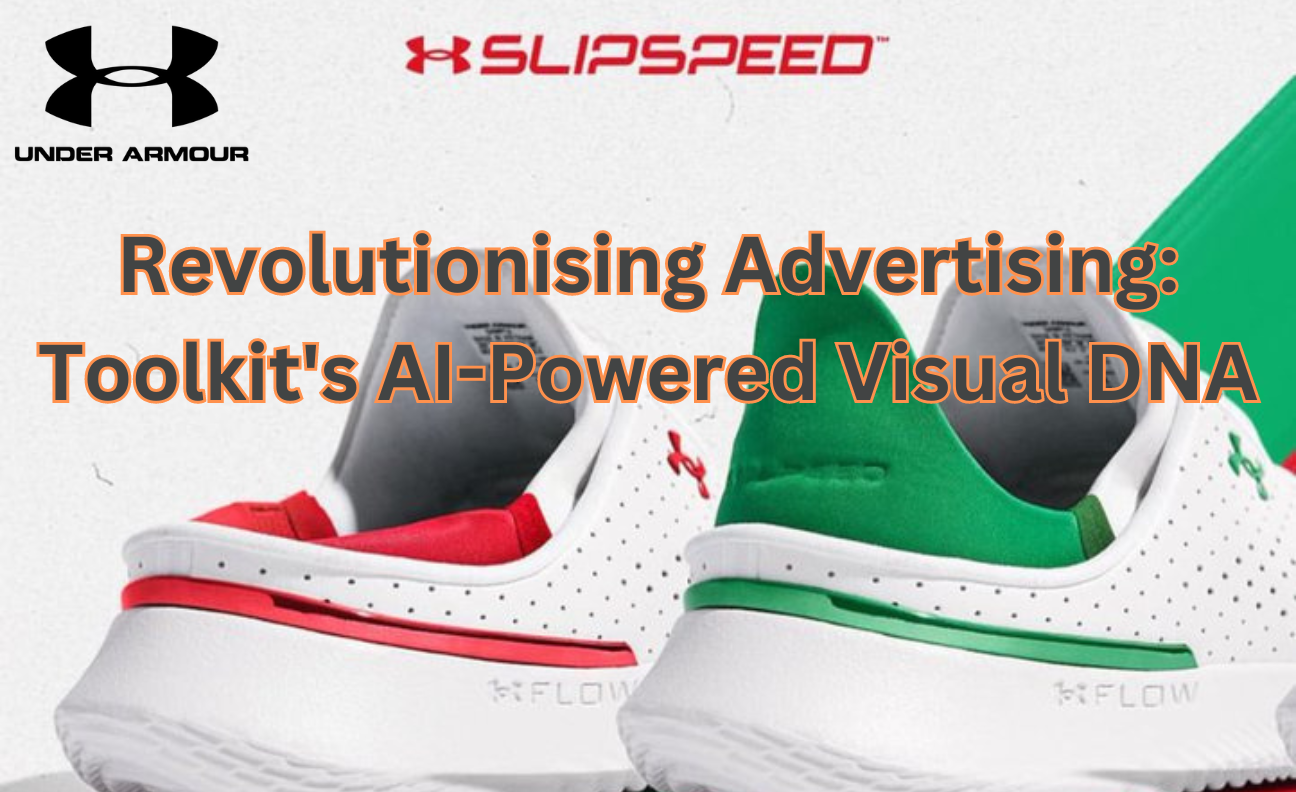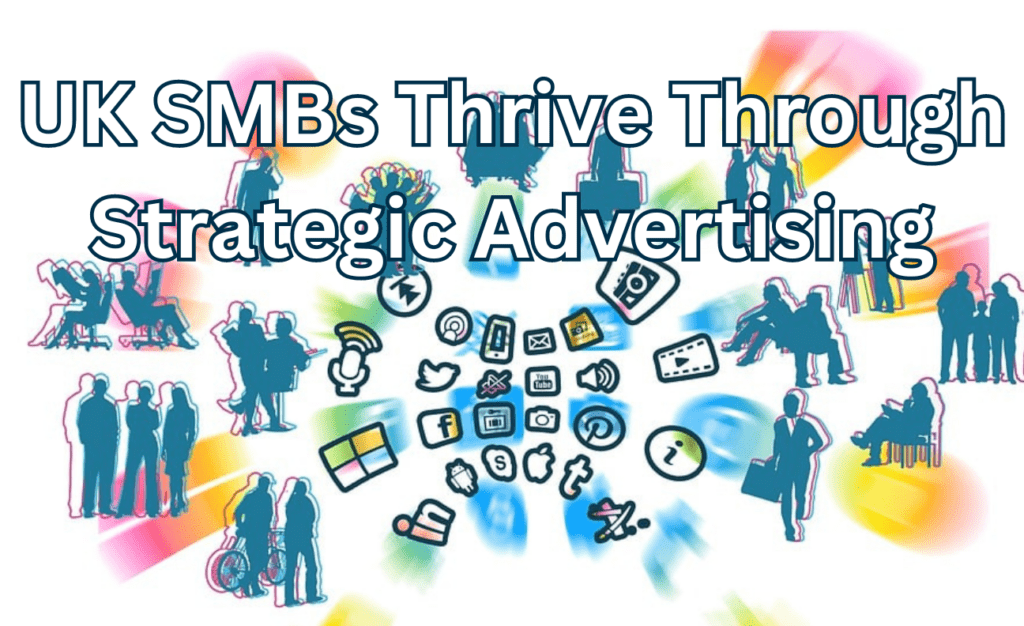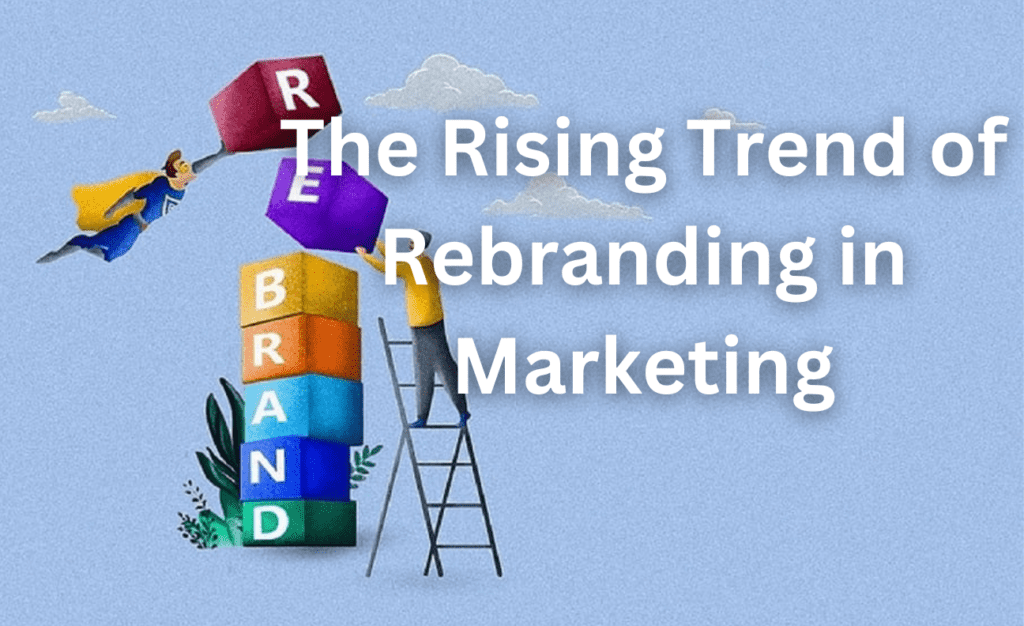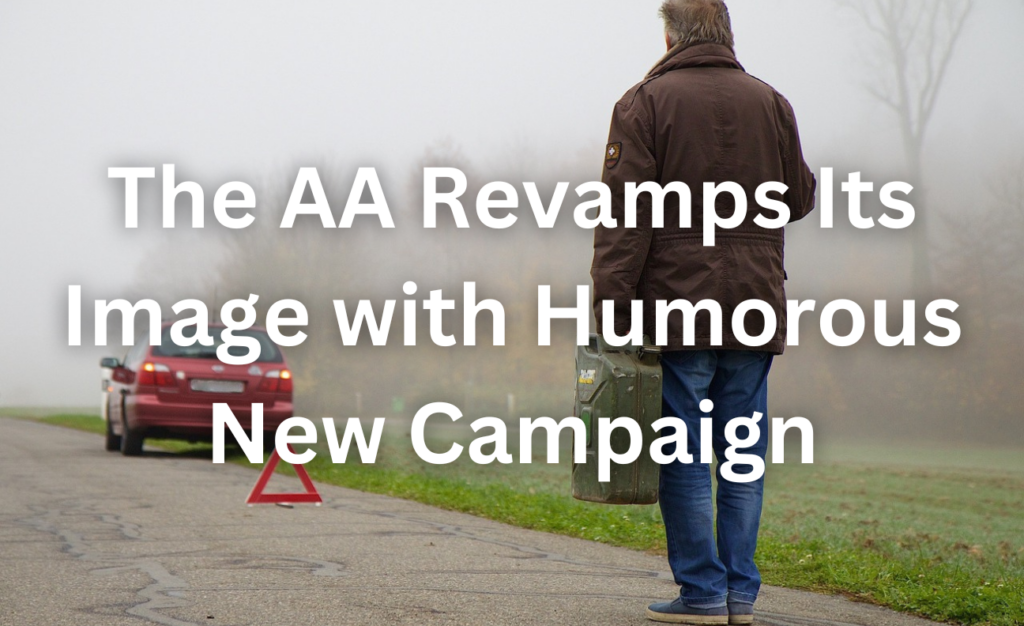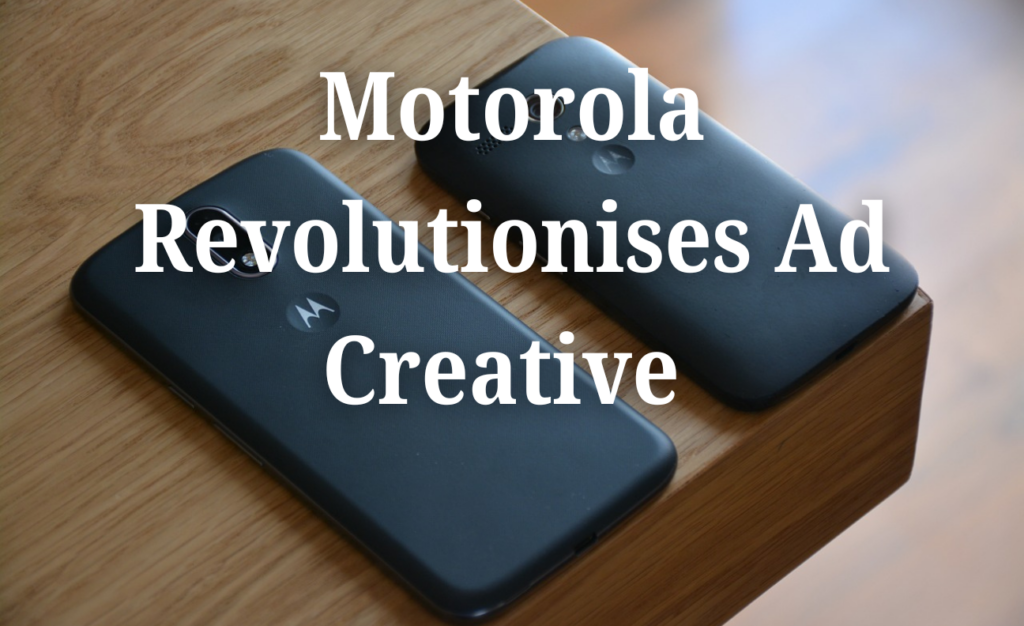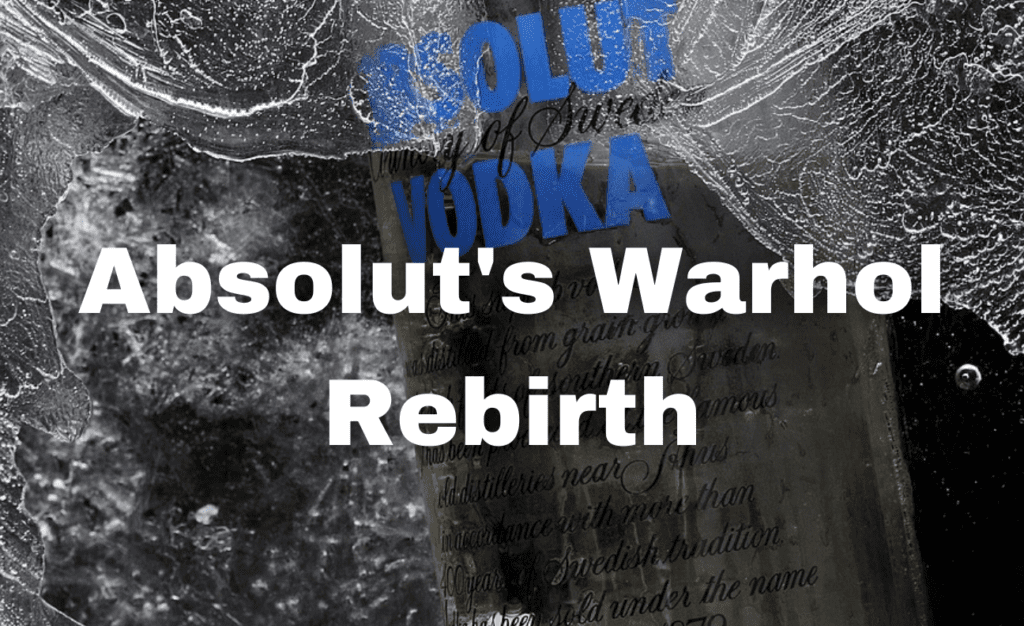In the world of marketing, which can change on an almost weekly basis, where visuals play a pivotal role in capturing the audience’s attention, Under Armour and other apparel brands are seeking innovative solutions to streamline their advertising efforts.
Traditional product photography and videography often come with long production days, equipment mishaps, and the dreaded rounds of reshoots. However, a game-changing solution has emerged – a new service called ‘Toolkit,’ offered by creative production company Tool.
Toolkit leverages generative AI to compile a brand’s visual DNA, resulting in lifelike representations of products and even human models wearing those products. This breakthrough technology promises to save time and cut costs, with Under Armour being one of its early adopters.
The Birth of Toolkit
Toolkit’s genesis stems from a desire to eliminate the need for physical shoots and create advertising media that can withstand the scrutiny of mainstream audiences.
The Vice President and Principal Analyst at Forrester notes that we are entering an era where generative AI systems are being developed not just for experimentation but for production, concept development, and activation.
What’s more, Toolkit now joins the ranks of Artificial Intelligence platforms, like Jasper, Writer, and Lucy, extending creative capabilities to marketers.
Under Armour’s Leap into AI-Generated Advertising and Toolkit’s Creative Pipeline
Under Armour, a pioneer in athletic apparel, sought Toolkit’s assistance to produce ad-ready images for its “SlipSpeed” shoe model, entirely through AI. The first step was to train Toolkit by providing it with the brand’s “visual DNA,” compiled from style guides, product details, and real images of the SlipSpeed shoe.
What sets Toolkit apart is its emphasis on creativity, diverging from other AI-powered ad technologies that focus on customer data or brand insights.
Toolkit’s core lies in a block-coding interface that processes a brand’s custom dataset through various AI services via API endpoints, ultimately producing assets.
In the case of Under Armour’s SlipSpeed campaign, the AI-generated images achieved a remarkable 90% fidelity to the training data. Human touch-up work filled the remaining gaps, taking just an additional 15 minutes.
Trick AND Treat🎃 #UASlipSpeed gives athletes the best of both worlds– Pure Performance. Versatile Footwear. The future of training footwear has arrived. Cop your pair today. https://t.co/AcJsorHkZR pic.twitter.com/NgUqifDxe8
— Under Armour (@UnderArmour) October 31, 2022
From Products to Models: Toolkit’s Expanding Capabilities, The Ethical Quandary and Future Possibilities
Toolkit’s AI not only recreated products but also learned to replicate the look of the brand’s models. These AI-generated models, while not identical, matched the visual style of real models with athletic builds, stoic facial expressions, and a focus on sports-related activities.
This development hints at the possibility of reducing the need for physical shoots in various industries, beyond just apparel.
Despite its potential, the ethical implications of using AI-generated models are acknowledged, and discussions about compensation for the individuals upon whom these models are based are ongoing.
Notably, by creating digital twins, it blurs the lines of human authorship and these issues could become more prominent as generative AI advances.
Toolkit’s Place in the Creative Process and The Vision for the Future
While Toolkit’s image fidelity is impressive, it may not yet be suitable for high-profile activations, like the Super Bowl. Nonetheless, Toolkit represents a significant step forward for generative AI in the creative process, pushing boundaries and inspiring creative thinking.
Toolkit’s short-term goal is to replicate a brand’s visual DNA, but its long-term vision is to empower brands to generate an infinite number of custom assets.
The platform offers a web interface that integrates a brand’s dataset, making it easier for brands to generate specific prompts, images, and short videos tailored to their identity.
Conclusion
In a rapidly changing advertising landscape, Toolkit’s AI-powered approach to generating visual content is a game-changer. It has the potential to revolutionise how brands create and manage their advertising assets.
While ethical questions linger and some limitations remain, the future looks promising for marketers seeking to harness the creative potential of generative AI. With Toolkit leading the way, the possibilities for personalised, brand-specific creative output seem boundless, heralding a new era in advertising.
As the advertising industry evolves, Toolkit’s role in shaping the future of marketing and branding is nothing short of revolutionary.

